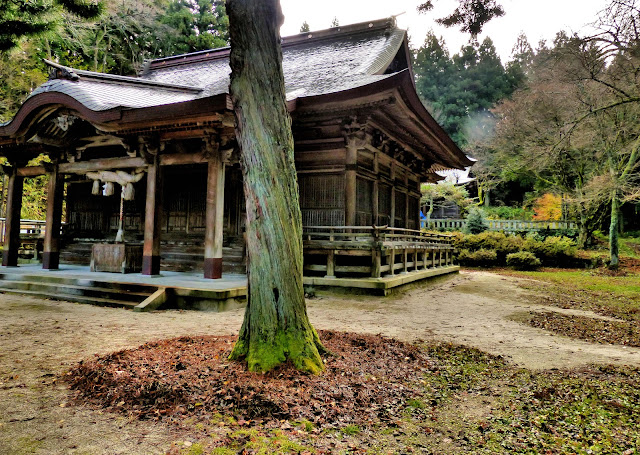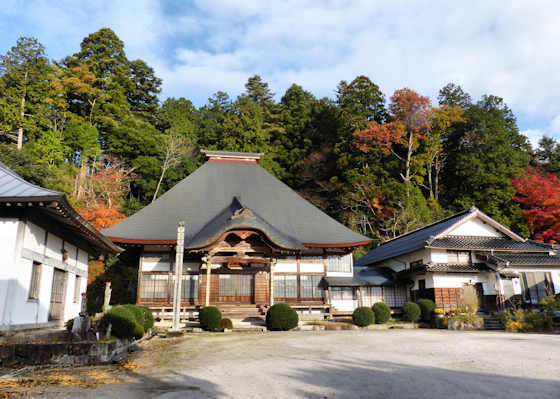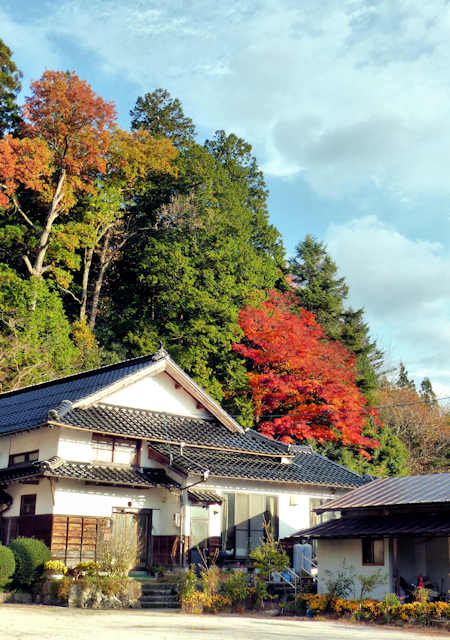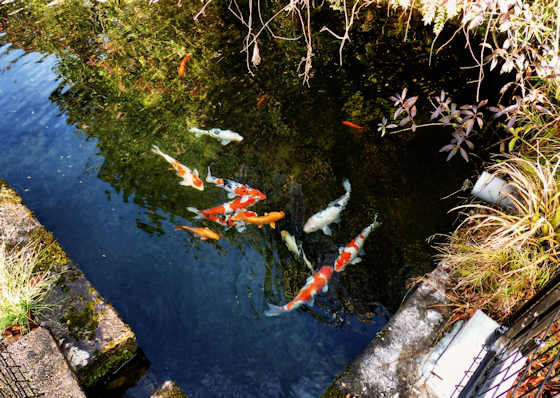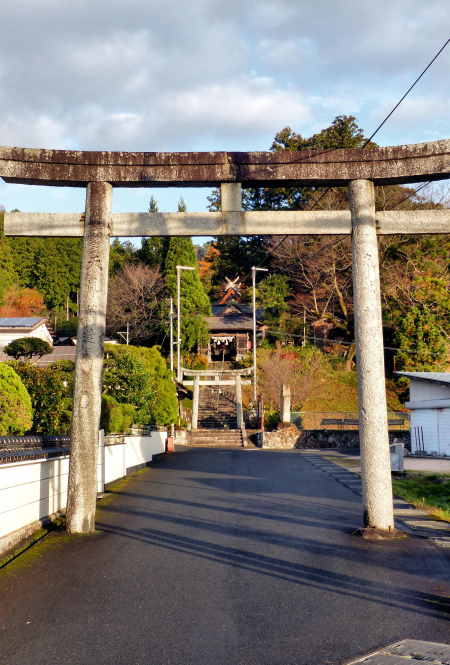Sunday, April 2, 2023
Inada Shrine & Princess Kushinada
Monday, January 30, 2023
Shinsoji Temple Yokota
Shinsoji Temple Yokota
Shinsoji Temple sits on a hillside looking over the town of Yokota on the banks of the Hi River in the Okuizumo region of Shimane.
It does not seem to be a famous temple, and I can actually find almost nothing about it, except we can guess and infer some things.
The buildings and structures have been rebuilt in relatively recent times, and they are substantial, so we can infer that it is a relatively rich temple.
It lies above Igitake Shrine, one of the many shrines in the area connected to the myths of Susano and the Orochi serpent, but between the shrine and the temple is a very large cemetery. There is a good chance that is where the wealth is derived from.
It may also be that the temple looked after and operated the shrine. In historical times there were actually very few Shinto priests, with most shrines being operated by Buddhist priests.
A few things that are known are that the temple belongs to the Soto Zen sect, and the honzon is an Amida.
Sunday, November 6, 2022
Igatake Shrine
Igatake Shrine
Tuesday, August 9, 2022
Kakuro Tatara Museum
Japan Museums
Tatara are the traditional type of forge used to smelt iron in historical Japan. They used charcoal and iron sand rather than coal and iron ore.
Friday, April 22, 2022
Onigami Shrine Another Origin of Susano
Onigami Shrine
Friday, January 7, 2022
Kingenji Temple
金源寺
Thursday, August 26, 2021
Itohara Residence
Monday, May 17, 2021
Itohara Memorial Museum
Itohara Memorial Museum
The Itohara were a family of high-ranking samurai in the service of the Matsue Domain during the Edo Period. Their base was in the mountains of Okuizumo where they were one of several samurai families that controlled the production, and export, of iron.
The museum at their property near Yokota display many of their artworks, everyday objects, and especially tea ceremony paraphernalia, armor, swords etc as befitting a high-ranking samurai family, but is mostly concerned with the historical production of iron.
Japan had very little iron-ore, but some areas, like here in Okuizumo, were rich in iron-sand, and a special type of forge technology was used to process the sand into iron and steel called a tatara forge.
Part of the output of a tatara forge is a kind of iron called tamahagane in Japanese. This is a vital ingredient in a true Japanese sword and cannot be produced by modern methods, so one single tatra forge is still in operation here in Okuizumo that produces all the tamahagane for swordsmiths.
There is a lot of material on display about historical tatara and such, and quite a lot of samurai possessions and artworks, kimonos etc, however very little info is in English.
The Itohara estate is a few miles from Izumo-Yokota Station on the JR Kisuki Line. Other related posts about Okuizumo can be found by clicking this link.



